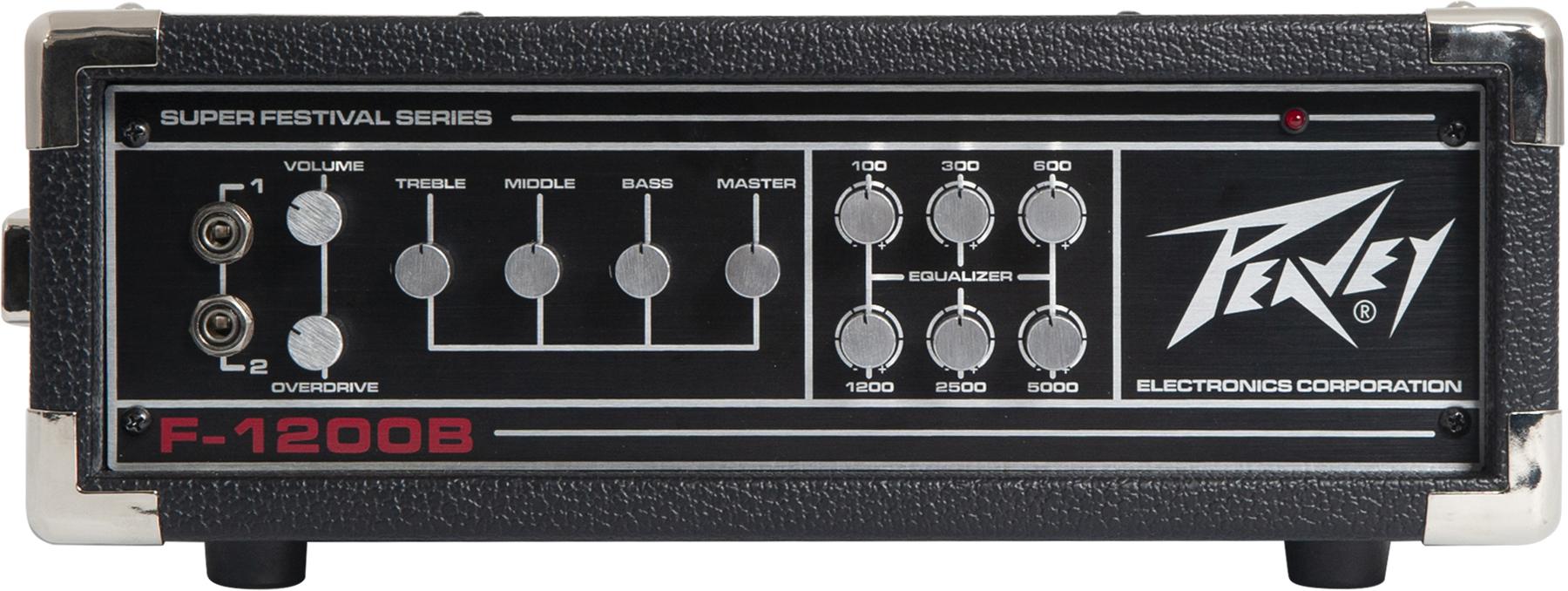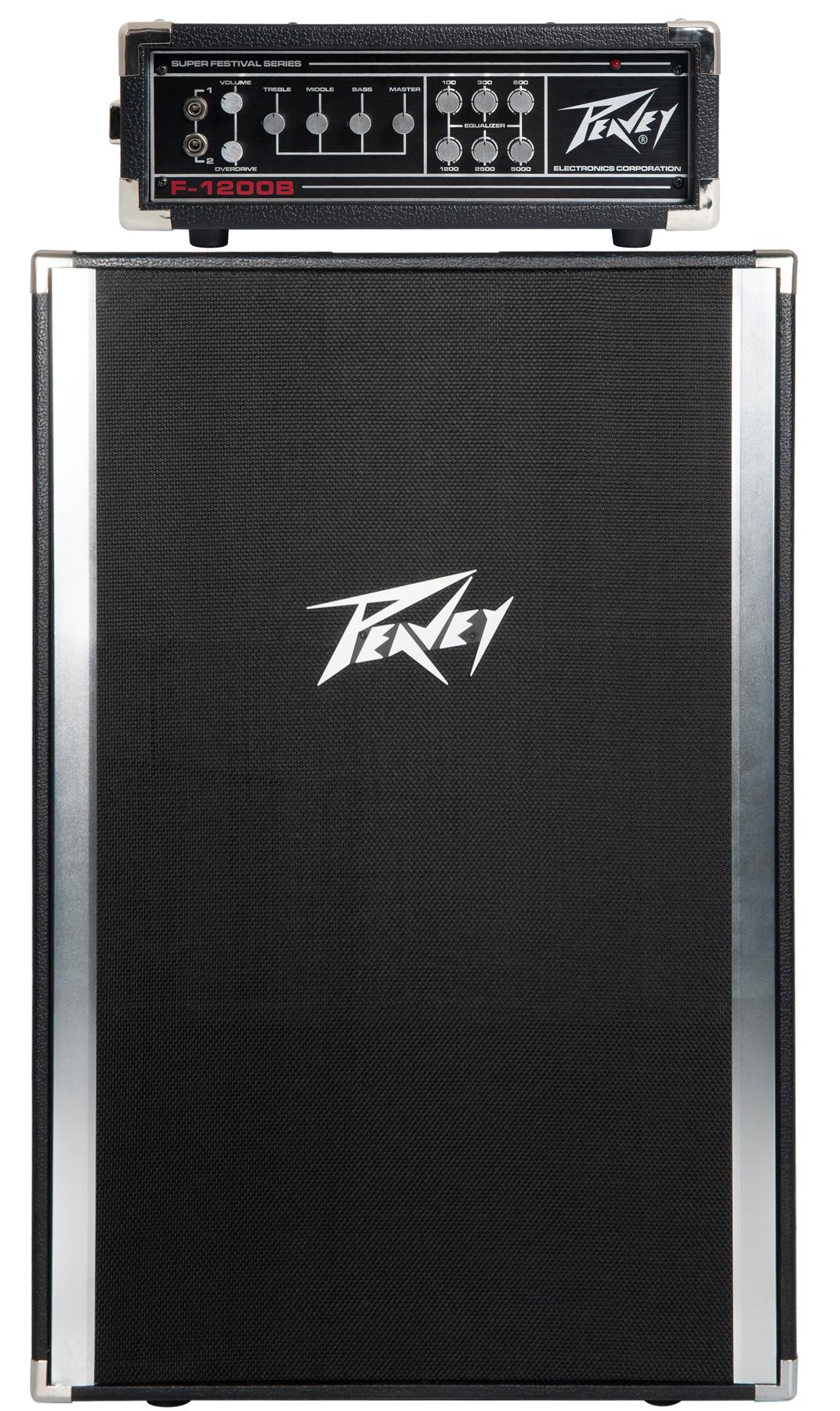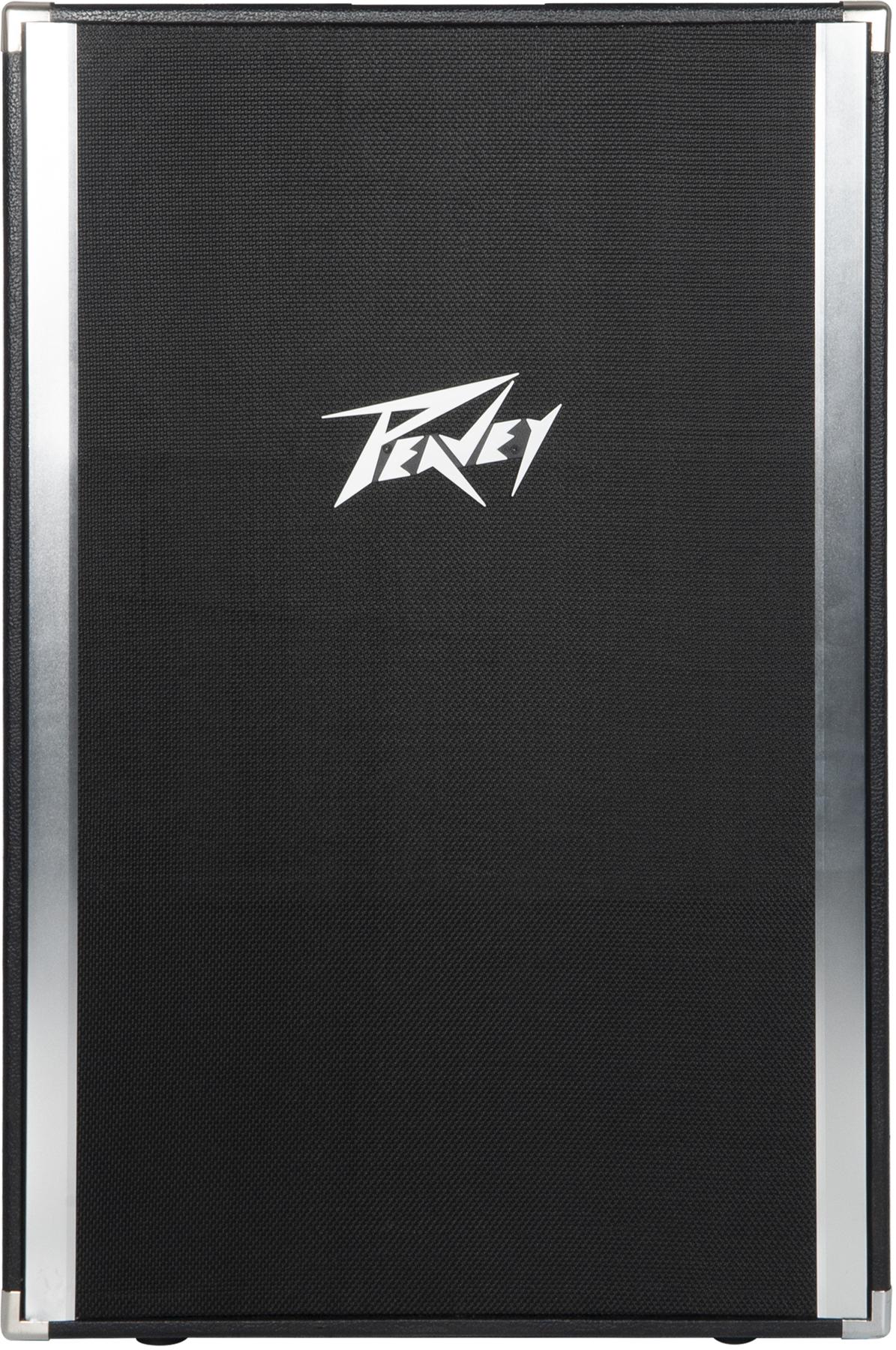Sleep Token announces their Even In Arcadia Tour, hitting 17 cities across the U.S. this fall. The tour, promoted by AEG Presents, will be their only headline tour of 2025.
Sleep Token returns with Even In Arcadia, their fourth offering and first under RCA Records, set to release on May 9th. This new chapter follows Take Me Back To Eden and continues the unfolding journey, where Sleep Token further intertwines the boundaries of sound and emotion, dissolving into something otherworldly.
As this next chapter commences, the band has unveiled their return to the U.S. with the Even In Arcadia Tour, with stops across 17 cities this fall. Promoted by AEG Presents, the Even In Arcadia Tour will be Sleep Token’s only 2025 headline tour and exclusive to the U.S. All dates are below. Tickets go on sale to the general public on Friday, March 21st at 10 a.m. local time here. Sleep Token will also appear at the Louder Than Life festival on Friday, September 19th.
Sleep Token wants to give fans, not scalpers, the best chance to buy tickets at face value. To make this possible, they have chosen to use Ticketmaster's Face Value Exchange. If fans purchase tickets for a show and can't attend, they'll have the option to resell them to other fans on Ticketmaster at the original price paid. To ensure Face Value Exchange works as intended, Sleep Token has requested all tickets be mobile only and restricted from transfer.
*New York, Illinois, Colorado, and Utah have passed state laws requiring unlimited ticket resale and limiting artists' ability to determine how their tickets are resold. To adhere to local law, tickets in this state will not be restricted from transfer but the artist encourages fans who cannot attend to sell their tickets at the original price paid on Ticketmaster.
For more information, please visit sleep-token.com.
Even In Arcadia Tour Dates:
- September 16, 2025 - Duluth, GA - Gas South Arena
- September 17, 2025 - Orlando, FL - Kia Center
- September 19, 2025 - Louisville, KY - Louder Than Life (Festival)
- September 20, 2025 – Greensboro, NC - First Horizon Coliseum
- September 22, 2025 - Brooklyn, NY - Barclays Center
- September 23, 2025 - Worcester, MA - DCU Center
- September 24, 2025 - Philadelphia, PA - Wells Fargo Center
- September 26, 2025 - Detroit, MI - Little Caesars Arena
- September 27, 2025 - Cleveland, OH - Rocket Arena
- September 28, 2025 - Rosemont, IL - Allstate Arena
- September 30, 2025 - Lincoln, NE - Pinnacle Bank Arena
- October 1, 2025 - Minneapolis, MN - Target Center
- October 3, 2025 - Denver, CO - Ball Arena
- October 5, 2025 - West Valley City, UT - Maverik Center
- October 7, 2025 - Tacoma, WA - Tacoma Dome
- October 8, 2025 - Portland, OR - Moda Center
- October 10, 2025 - Oakland, CA - Oakland Arena
- October 11, 2025 - Los Angeles, CA - Crypto.com Arena






















